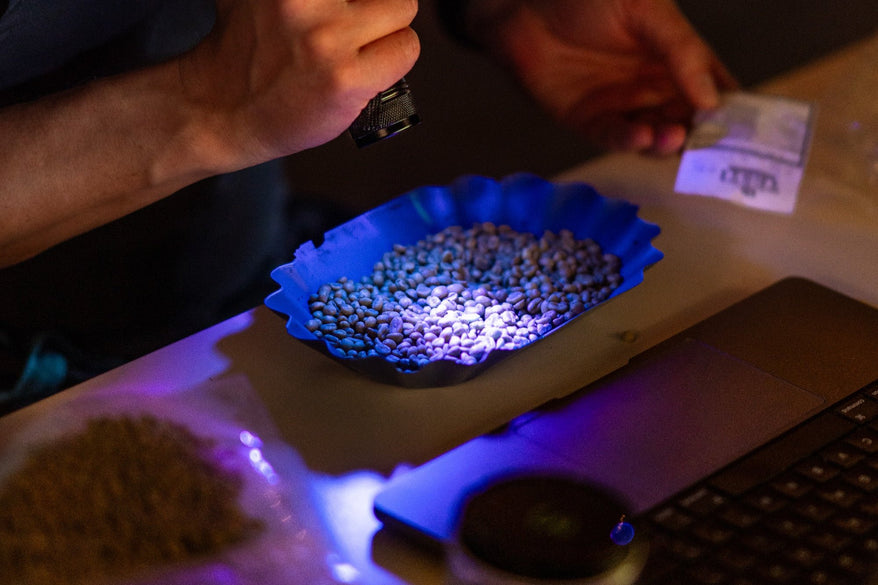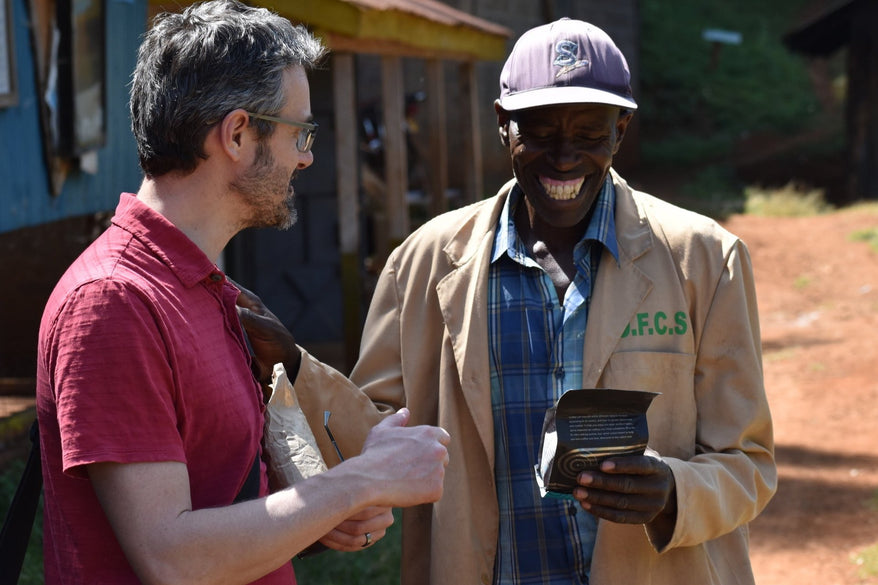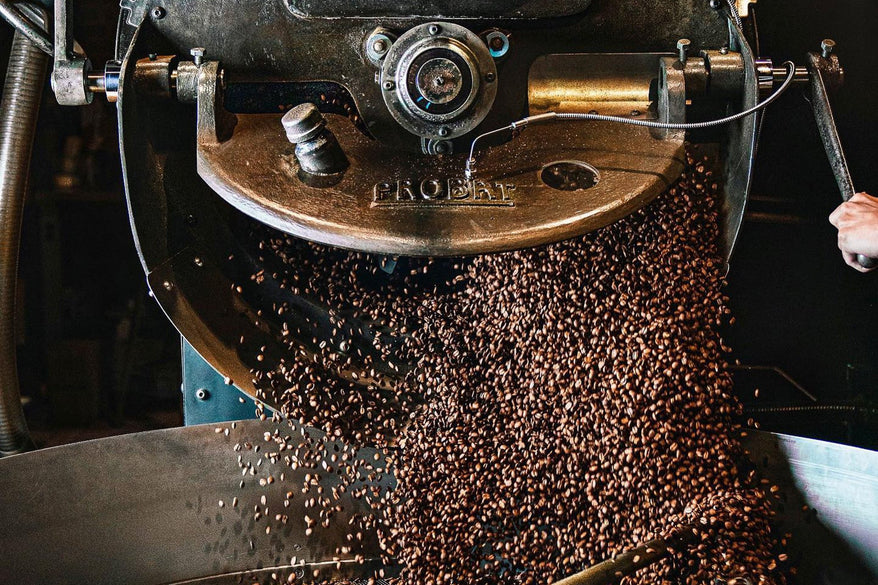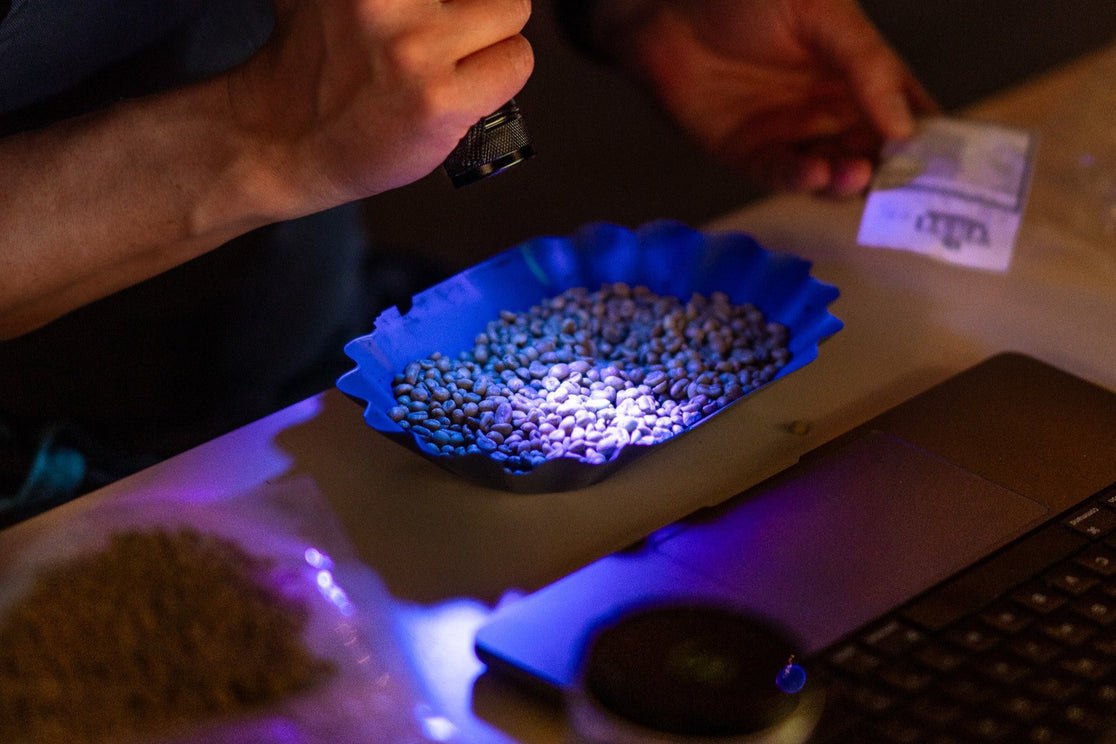
Radical
QUALITY & CONSISTENCY
-
radical consistency
-
PHIL & SEBASTIAN
Our goal is to be the most consistent and reliable coffee roaster in the world. What this means is that you can pick any coffee from our inventory, and assuming you've chosen the right profile for your preferences, it will be reliably excellent.
-
MOST SMALL, QUALITY-FOCUSED COFFEE ROASTERS
At any given time, will have some good coffees and some not-so-good coffees, but there is no way for a customer to know which is which. This forces customers to gamble when buying coffees.
-
MOST LARGE COFFEE COMPANIES
Might have a great coffee sometimes, but mostly lower quality, due to lower price of green paid.
-
-
customer-value pricing
-
PHIL & SEBASTIAN
Price of the coffee to both retail and wholesale customers is based on both the cost of the green coffee and the arrival quality, to ensure very high value for end customers.
-
MOST SMALL, QUALITY-FOCUSED COFFEE ROASTERS
The price of the coffee sold to customers is based solely on the price paid for the green coffee.
-
MOST LARGE COFFEE COMPANIES
The price of the coffee sold to customers is based solely on the price paid for the green coffee.
-
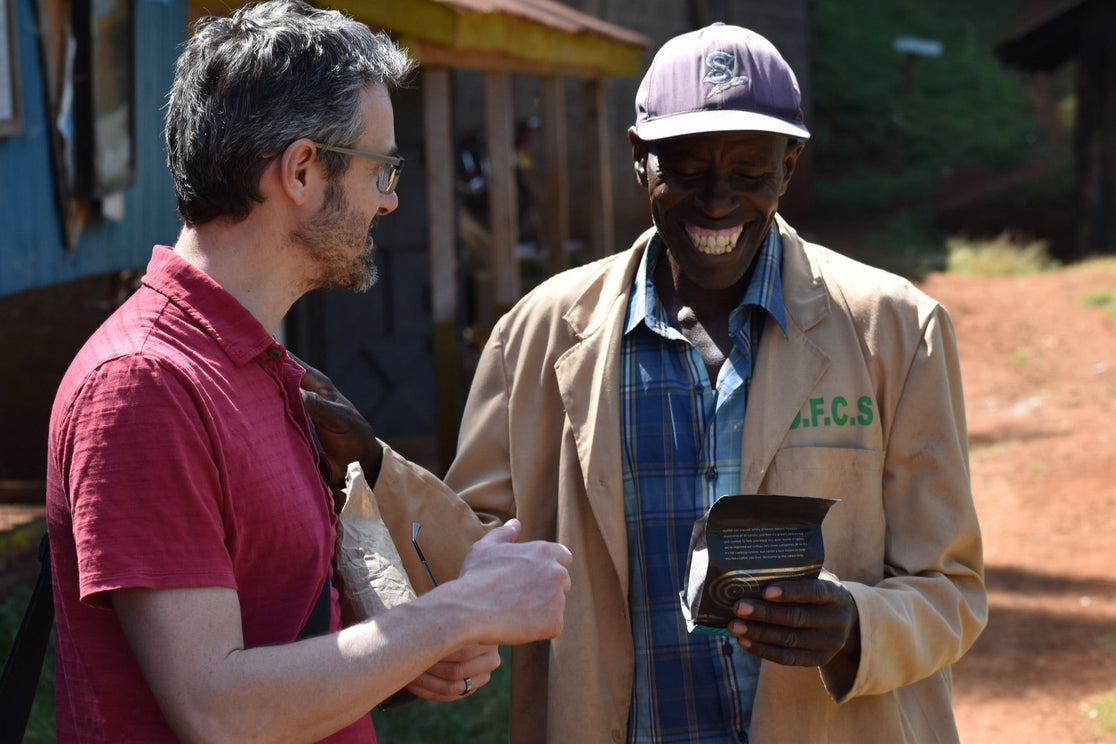
Real
PRODUCER RELATIONSHIPS
-
real producer relationships
-
PHIL & SEBASTIAN
Focused on long-term relationships to a mutual benefit. This model takes considerably more travel and effort, but the results are transformative. We get far better coffee and producers get far more benefit, and actually see social mobility (i.e. ability to strengthen their farming business).
-
MOST SMALL, QUALITY-FOCUSED COFFEE ROASTERS
Focused on sourcing green for current season.
-
MOST LARGE COFFEE COMPANIES
Strong relationship with one importer to source their coffees, little or no relationship directly with farmers.
-
-
Best Access to Elite Green
-
PHIL & SEBASTIAN
Due to long-term relationships we're able to have first access to the best green from our producing partners. We often have the same lots as Best of Panama or Cup of Excellence winning lots.
-
MOST SMALL, QUALITY-FOCUSED COFFEE ROASTERS
Must constantly compete with many other roasters and importers for quality green, because there is only so much to go around.
-
MOST LARGE COFFEE COMPANIES
Rely on the importer to direct them to the coffee that fits their profile, with little or no involvement at origin (other than perhaps approvals).
-
-
Ability to Help Coffee Producers Improve
-
PHIL & SEBASTIAN
Feedback to producers every season. This is when quality is good and also when there are issues. This two-way communication loop is a game-changer for producers to improve quality and advance the strength and health of their business.
-
MOST SMALL, QUALITY-FOCUSED COFFEE ROASTERS
Good quality roasters will "reject" green if it doesn't meet a quality standard - there is no good feedback loop directly to producers. This leave producers in the dark about how to improve.
-
MOST LARGE COFFEE COMPANIES
No feedback to producers.
-
-
Rigor in Green Purchasing
-
PHIL & SEBASTIAN
Very rigorous with green purchasing, spending many days with each producer, cupping 100s of coffees, 3x or more. Testing the green coffee integrity thoroughly, and making decisions based on cup quality and green integrity. We're often at the exporter lab for days, while 10+ other buyers come and go in that time.
-
MOST SMALL, QUALITY-FOCUSED COFFEE ROASTERS
Cup coffee samples once to make purchasing decisions, with some green coffee analysis, but generally don't make decisions based on it.
-
MOST LARGE COFFEE COMPANIES
Will often reject based on green analysis. They will cup coffees multiple times, but with much lower quality acceptance standards due to the sheer amount of green they need to purchase.
-
-
Focus on Green Coffee Integrity, The Most Overlooked Variable
-
PHIL & SEBASTIAN
It's great when coffee tastes amazing at origin, before shipping, but that doesn't really help the end customer. To ensure quality is preserved all the way to the customer cup, we invest in drying projects, very rapid shipping, shipping stability experiments, and frozen storage. A focus on green-coffee quality preservation is one of our secret weapons, and it's instrumental in our goal for radical consistency. Watch about it here!
-
MOST SMALL, QUALITY-FOCUSED COFFEE ROASTERS
High quality roasters make an effort to obtain the coffee from origin quickly, and hermetic storage is usually used (Grainpro or vac-pac), but no further effort is made to preserve quality after it's landed. Degradation is considered inevitable. Customers will not be able to determine if the coffee they're buying is degraded and stale. They have to gamble when purchasing.
-
MOST LARGE COFFEE COMPANIES
No effort to preserve green coffee quality. Coffee is deliberately shipped with delays to space out the financial outlay.
-
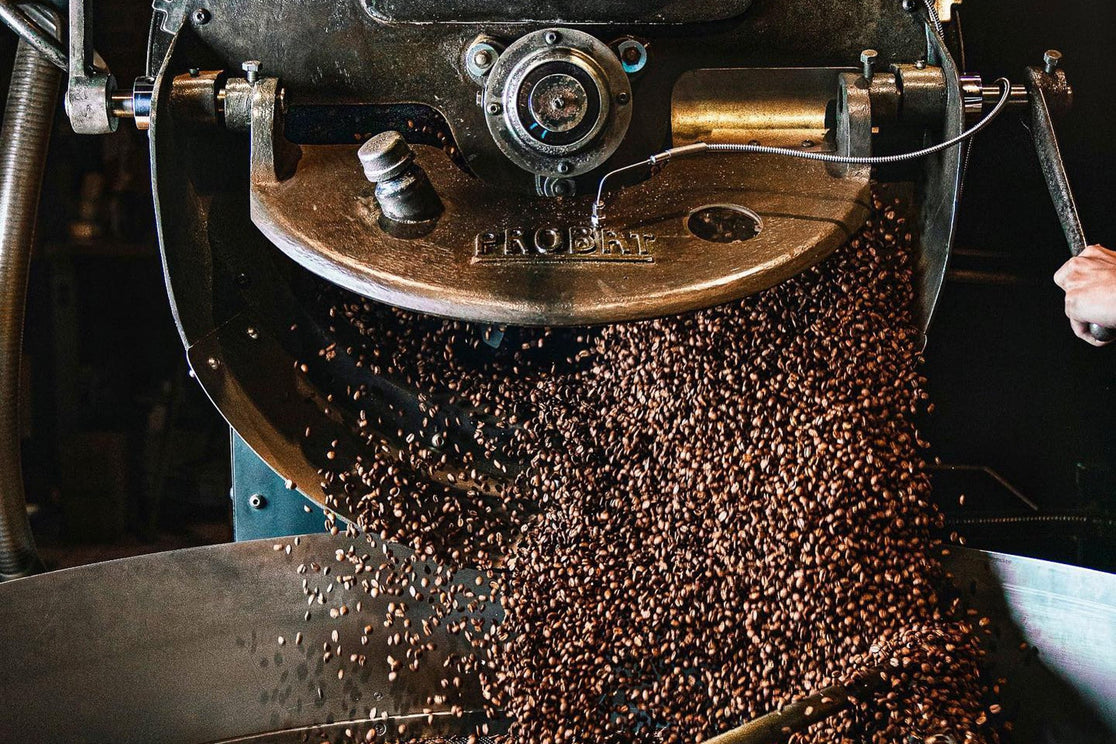
Leading
ROASTING PROCESSES
-
CUSTOM DESIGNED ROASTER, OVERCOMES ROAST FLAWS
-
PHIL & SEBASTIAN
Both Sebastian and Phil are Electrical and Comptuer Engineers, and when they looked at buying an off-the-shelf production roaster, all models had flaws. They decided to build their own. It took 3 years, but the result is a one-of-kind machine, taking the best of many different coffee roasters and introducing a number of ground-breaking innovations as well. Also, because we designed the machine, we can continuously evolve and improve it. This machine is another one of our secret weapons. Read more about it here...
-
MOST SMALL, QUALITY-FOCUSED COFFEE ROASTERS
Uses an off-the-shelf roasting machine. There are good ones like Loring and Probat, but each machine has flaws and they are closed systems, so there is nothing you can do (as the roaster) to improve them.
-
MOST LARGE COFFEE COMPANIES
Uses large, off-the-shelf roasting machines. Unfortunately, the machines generally have imprecise control. They are meant to get close-enough to a good roast, and not hit a precise target roast.
-
-
Secondary Roast Verification
-
PHIL & SEBASTIAN
As Engineers, Sebastian and Phil know the limits and tolerances of control sytems. That's why every single roast is data-logged and verified in triplicate with a laser reflectometer. Additionally, the reflectance measurements are auto-corrected for errors due to temperature or humidity swings. These steps are essential to achieve our goal of radical consistency.
-
MOST SMALL, QUALITY-FOCUSED COFFEE ROASTERS
Most quality roasters do datalog temperature, which is great, but they are not verifying with secondary measurements. If they are verifying, the process is not adjusted to correct for large errors due to temperature and humidity. Roast consistency drifts over time and is affected by changing weather.
-
MOST LARGE COFFEE COMPANIES
Only basic datalogging is used. Colour measurements are commonly used, which is good, but acceptable colour limits are very wide. Roasts are inconsistent from batch-to-batch.
-
-
Objective Roasting Sensory Analysis
-
PHIL & SEBASTIAN
We cup all coffee samples blind, and often double-blind. Our approach is to tear the coffees down to find flaws and opportunities for improvement. There is no ego involved, and it doesn't matter who roasted the coffee. Issues are systemically dealt with as opposed to blaming the person who roasted.
-
MOST SMALL, QUALITY-FOCUSED COFFEE ROASTERS
Coffees are often cupped unblind, meaning the taster knows which coffee is which. This introduces bias and cupping intention that is not overly critical.
-
MOST LARGE COFFEE COMPANIES
Production samples are not typically cupped, colour and other technical measures are used solely for quality control.
-
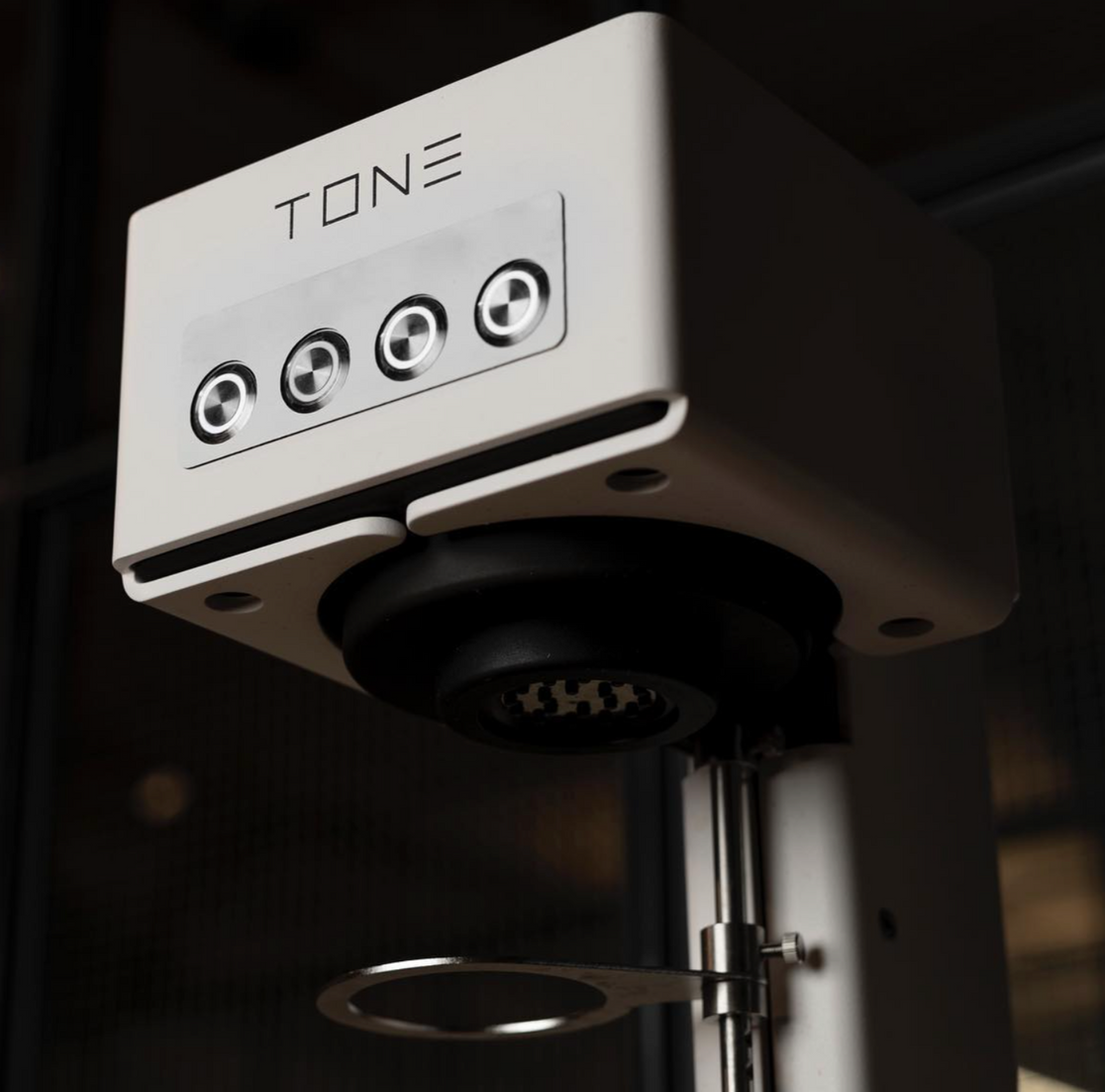
Leading
COFFEE IN OUR CAFES
-
Best Coffee in our Cafes
-
PHIL & SEBASTIAN
We credit our cafe customers with very high standards, and serve the same quality there as we do with online or wholesale. Our goal is to be the most reliable and consistent roaster in the world.
-
MOST SMALL, QUALITY-FOCUSED COFFEE ROASTERS
Assume that the latte drinker is not discerning and they use cheaper / lower quality coffees in their cafes, saving the "good" coffees for wholesale or customers they see as discerning.
-
MOST LARGE COFFEE COMPANIES
Use the cheapest / lowest quality coffees they can "get away with". Would address concerns based on complaints, not based on an inherit quality standard.
-
-
Technology and Tools in our Cafes
-
PHIL & SEBASTIAN
Given Sebastian and Phil's technology background, they are very comfortable with new tech. In the cafes, however, we find it most effective to adopt new technology carefully and continuously, once it's been proven. If new tech emerges, we'll test it extensively in our HQ and if it passes muster, we'll deploy in our cafes.
-
MOST SMALL, QUALITY-FOCUSED COFFEE ROASTERS
High quailty cafes tend to adopt new tech and methods very quickly as trends develop. This can produce a lot of inconsistency, as many methods are not proven-out when adopted.
-
MOST LARGE COFFEE COMPANIES
Reluctant to adopt new tech at all. This is to mitigate training costs and because current tech is generally seen as "good enough"
-
-
Consistent By the Cup Brewing
-
PHIL & SEBASTIAN
At one point we eliminated our By the Cup because our batch brew was consistently better. However, we re-tooled the program and brought it back, properly. Coffees are brewed on the TONE 3 brewer to be completely consistent between staff members, each coffee is uniquely dialled, then the roasted coffee is frozen to prevent oxidation and lock-in the dial.
-
MOST SMALL, QUALITY-FOCUSED COFFEE ROASTERS
Use mostly hand brewing for By the Cup, which means that the quality of the brew depends entirely on the skills of the individual and whether they are distracted by other tasks. Additionally, coffees are rarely dialled in really well, but instead a generic recipe is used for all hand brews.
-
MOST LARGE COFFEE COMPANIES
Usually only do batch brew.
-

